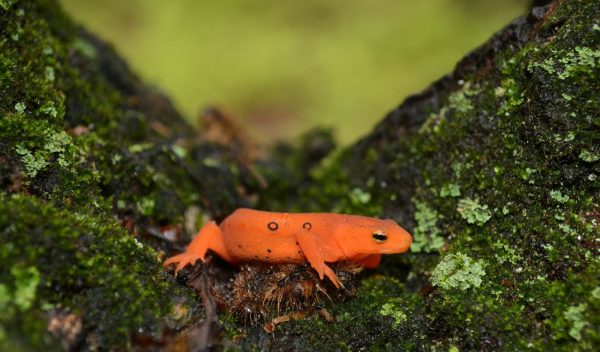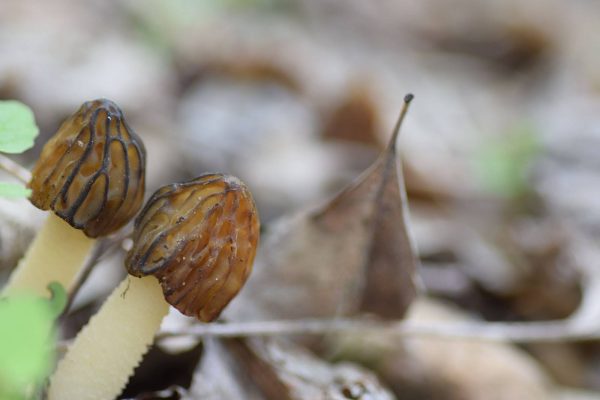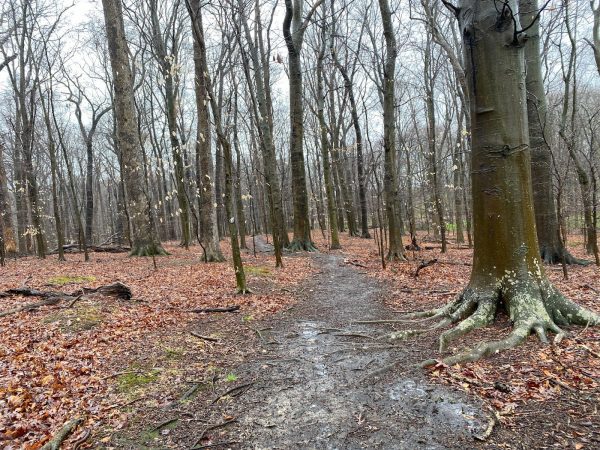It’s widely acknowledged that most people prefer to stay indoors when rainy days arrive. Precipitation often brings about uncomfortable conditions, making everything feel cold and damp. However, I hold the opinion, albeit an unpopular one, that rainy days present some of the best opportunities for exploration. While this perspective may require an interest in particular types of organisms and scenarios, if you’re curious about the obscure and challenging-to-appreciate forms of life, as well as seeking peace and quiet, rainy days might hold something special for you.
In favor of rainy days
My reasons for advocating for rainy days can be distilled into two main questions. Firstly, what types of organisms thrive in the rain? I can think of two that truly revel in it, and fortunately, I have an interest in both. Amphibians constitute one group that flourishes in wet conditions. They rely at least partially, and for some entirely, on breathing through their skin. Consequently, a significant constraint on their activity levels is the risk of drying out. Rainy conditions mitigate this threat, leading to peaks in amphibian activity during our wettest and muddiest days. Moreover, some amphibians inhabit aquatic habitats like vernal pools, springs, seeps, and floodplains, whose filling with rainwater provides optimal conditions for reproduction, feeding, and various other activities. In essence, if you’re intrigued by amphibians, consider taking a stroll through a forest on a rainy day. Just exercise caution, as you might encounter Pickerel Frogs evading your footsteps or Red Efts seemingly oblivious to the presence of giants roaming the earth.

Moving slowly and responsibly can aid in discovering another group of organisms that thrive in (and after) rainy weather: mushrooms. Mushrooms, the reproductive bodies of underground fungal networks, are readily encountered during or following a good rain. Fungi exist year-round as mycelia within our soil, decaying logs, and other organic material. Rain events trigger these mycelia to produce water-filled mushrooms, which then spread spores, aiding each species in colonizing new areas. Particularly on rainy summer days, one can come across a variety of impressive and somewhat charismatic fungi such as chicken-of-the-woods, giant puffballs, chanterelle mushrooms, spindles, and many others. Even earlier in the spring, highly sought-after and widely celebrated morel mushrooms can be found. Some of my most memorable days hunting for morel mushrooms ended with me returning to my car soaked, but I’ve always found those outings to be worthwhile.
Another question

A second question worth considering when discussing the wonders of rainy treks is: what kinds of organisms avoid the rain? The answer to this may encompass a multitude of life forms, but one that immediately comes to mind is humans. Consistent with the premise of this article, people tend to steer clear of rain. However, many, like myself, often seek out natural settings to escape from people from time to time. This might involve taking long hikes to remote areas or exploring off the beaten path. Alternatively, it could be as simple as visiting a local forest or meadow during rainfall. I’ve been pleasantly surprised on many occasions to find that hiking during rain events often meant having entire preserves and game lands to myself. While there’s undoubtedly immense value in experiencing nature with others, peace and quiet can also be rejuvenating, and you’d be hard-pressed to find a quieter place than a wild space during rainfall.
Rain, rain, don’t go away

I’d like to conclude with the acknowledgment that while I enjoy rainy weather, it might not be everyone’s cup of tea. Weather can evoke different feelings for people, and I don’t wish to appear insensitive to that. Additionally, it’s essential to exercise caution if you decide to venture out during a rain event. Be mindful of the potential for flooding, slippery trails, and, of course, thunderstorms. Moreover, traveling through the wilderness alone may not be safe for everyone, as I recognize that I’m speaking from my own perspective and circumstances. Nonetheless, I hope this article encourages you to look at your 10-day forecast with a bit more hope and excitement. At the very least, remember that rain now can lead to more enjoyable outings later. Every flowering plant you hope to encounter needs water to grow, as do the birds, bees, and butterflies that rely on those plants.
Thank you for reading.
Sebastian Harris, Conservation Easement Steward
